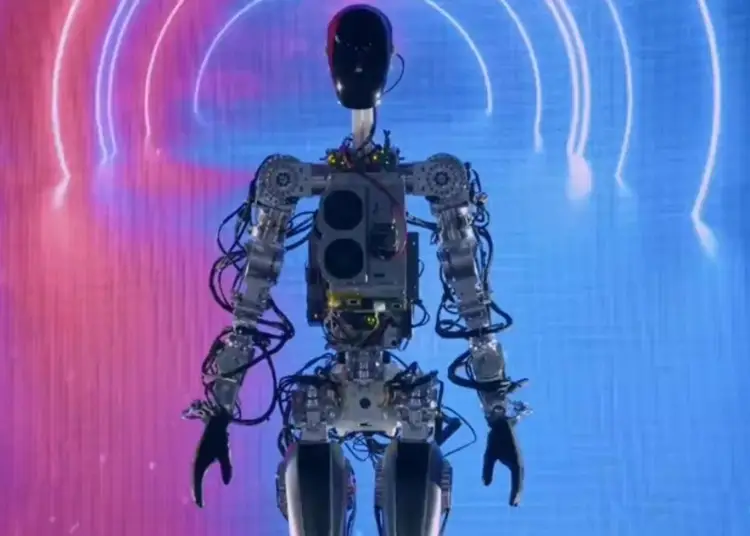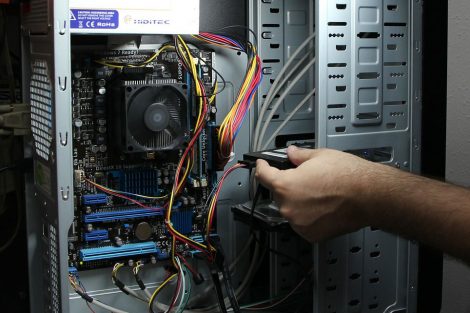Tesla Robot Walks, Waves, But Doesn’t Show off Complex Tasks
An early prototype of Tesla Inc.’s proposed Optimus humanoid robot slowly and awkwardly walked onto a stage, turned, and waved to a cheering crowd at the company’s artificial intelligence event Friday.
But the basic tasks by the robot with exposed wires and electronics — as well as a later, next generation version that had to be carried onstage by three men — was a long way from CEO Elon Musk’s vision of a human-like robot that can change the world.
Musk told the crowd, many of whom might be hired by Tesla, that the robot can do much more than the audience saw Friday. He said it is also delicate and “we just didn’t want it to fall on its face.”
Musk suggested that the problem with flashy robot demonstrations is that the robots are “missing a brain” and don’t have the intelligence to navigate themselves, but he gave little evidence Friday that Optimus was any more intelligent than robots developed by other companies and researchers.
scenario” that lives up to the hype.
“There’s a lot of learning that they’re getting from understanding the way humanoids function,” he said. “But in terms of directly having a humanoid as a product, I’m not sure that that’s going to be coming out anytime soon.”
Critics also said years ago that Musk and Tesla wouldn’t be able to build a profitable new car company that used batteries for power rather than gasoline.
Tesla is testing “Full Self-Driving” vehicles on public roads, but they have to be monitored by selected owners who must be ready to intervene at all times. The company says it has about 160,000 vehicles equipped with the test software on the road today.
Critics have said the Teslas, which rely on cameras and powerful computers to drive by themselves, don’t have enough sensors to drive safely. Tesla’s less capable Autopilot driver-assist system, with the same camera sensors, is under investigation by U.S. safety regulators for braking for no reason and repeatedly running into emergency vehicles with flashing lights parked along freeways.
In 2019, Musk promised a fleet of autonomous robotaxis would be in use by the end of 2020. They are still being tested.







